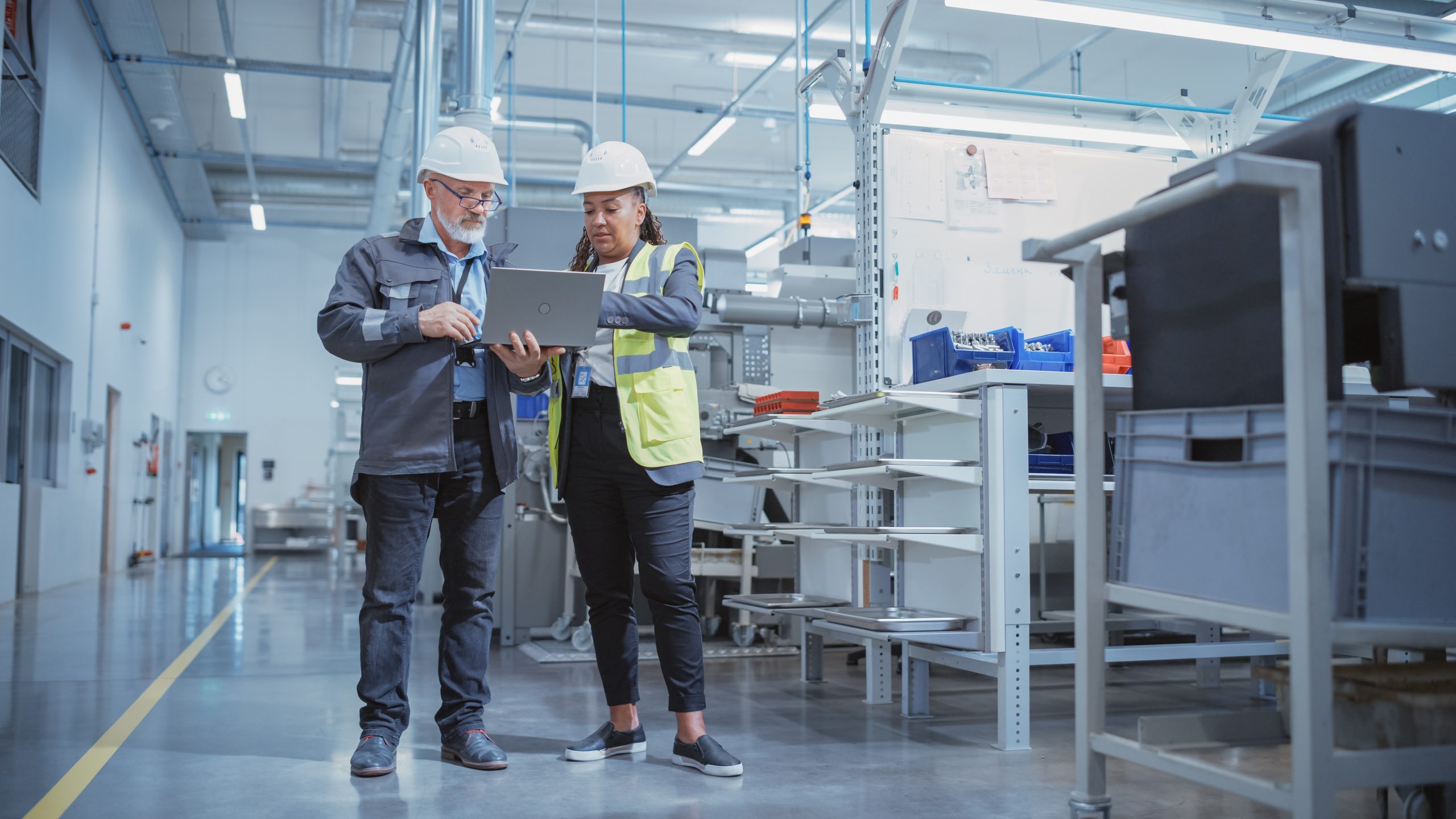- Why CERDAACWhy CERDAAC
- ProductsProducts
- SolutionsSolutions
- ResourcesResources
- CustomersCustomers
- CompanyCompany

Every facility strives for an environment where equipment is effectively maintained, breakdowns are largely avoided, and operations are safe and accident-free, but few attain it. Successful manufacturers have a secret: a Total Productive Maintenance (TPM) strategy. And it changes everything.
Manufacturers are bogged down by too many moving parts controlled and maintained by too few people. TPM shifts that responsibility, creating company-wide checks and balances that head off errors.
In the quest for optimal operational efficiency, manufacturers are constantly seeking ways to minimize downtime, reduce waste, and maximize productivity. TPM is a comprehensive approach to maintenance that aims to maximize the efficiency and effectiveness of equipment and machinery throughout their entire lifecycle.
Unlike traditional maintenance practices that focus solely on repairing equipment when it breaks down, TPM emphasizes proactive maintenance strategies to prevent breakdowns and optimize equipment performance. The goal here is to have little to no unplanned downtime.
And it works, thanks in part to its scope.
At its core, TPM is based on the principle that every employee in the organization is responsible for equipment maintenance. By involving all stakeholders, from operators to maintenance staff, to management, in the maintenance process, TPM fosters a culture of ownership and accountability.
Total production maintenance encompasses a range of activities, including preventive maintenance, predictive maintenance, and autonomous maintenance, all of which aim to improve equipment reliability and overall operational efficiency.
The adoption of TPM offers numerous advantages for manufacturers seeking to maximize their operations.
TPM keeps manufacturers ahead of potential issues, allowing them to identify and address them before they escalate into costly breakdowns. Thanks to proactive maintenance practices, such as routine inspections and lubrication, this reduces downtime and increases equipment reliability.
Productivity significantly improves in a TPM-driven environment. When unplanned downtime is minimized and equipment uptime is maximized, manufacturers achieve higher production levels and meet customer demand more effectively.
Optimizing equipment performance translates to improved productivity and throughput. A key component of TPM is ensuring that equipment operates within specified parameters to consistently produce high-quality products. Maintaining equipment in optimal condition minimizes defects and deviations, leading to improved product quality and customer satisfaction.
But it’s not only customers that are impacted by TPM practices—employees benefit too.
TPM encourages active participation from all employees in the maintenance process. It involves operators in tasks such as routine inspections and minor repairs, empowering employees to take ownership of equipment performance and contribute to overall operational excellence.

TPM environments are typically much safer than traditional ones, too. With machinery that’s organized and cleaned systematically, it’s easier to uncover problems and mitigate potential hazards. And thanks to fewer unexpected breakdowns, the risk of potentially dangerous mistakes lessens, as there are fewer reasons to rush to fix urgent issues. More mistakes happen during these rapid response times, so lessening these emergency scenarios makes a huge difference operationally. Fewer accidents and reduced safety risks are key benefits of a TPM environment.
And when everyone is on the same page and processes are proactive and consistent, the associated cost savings are substantial. TPM helps manufacturers achieve significant cost savings in the long run by reducing unplanned downtime, minimizing maintenance costs, and extending equipment lifespan. The proactive nature of TPM also allows manufacturers to allocate resources more efficiently and avoid costly emergency repairs.
8 pillars make up a TPM strategy. But to understand how TPM works in practice, let’s consider a hypothetical example of a manufacturing facility implementing TPM principles and accounting for those pillars in this 8-step process:
Implementing TPM principles and practices improves equipment reliability significantly at the manufacturing facility. Productivity and quality also improve, ultimately driving operational excellence and competitive advantage in the marketplace.
Implementing a TPM maintenance strategy requires a mindset shift by everyone in the facility, as it becomes part of everyone’s job to ensure safe, incident-free operations.
Flagging small fixes and suggesting process improvements needs to be part of everyone’s job and built into day-to-day operations, but it requires participation from the most senior management as well as the machine operators. The level and type of involvement will vary by role, but everyone has an important part to play.
TPM is a powerful approach that helps top manufacturers maximize their operations by optimizing equipment performance, reducing downtime, and improving overall efficiency.
Fostering a culture of proactive maintenance and employee involvement just makes sense. TPM empowers organizations to achieve sustainable equipment reliability, productivity, and quality improvements. Manufacturers understand how competitive and increasingly challenging the manufacturing environment has become, and TPM drives operational excellence, leading to long-term success.
Connect with us for a demo to see how a CMMS can accelerate and organize your TPM efforts and align your facility with the latest technology to avoid unplanned downtime!
